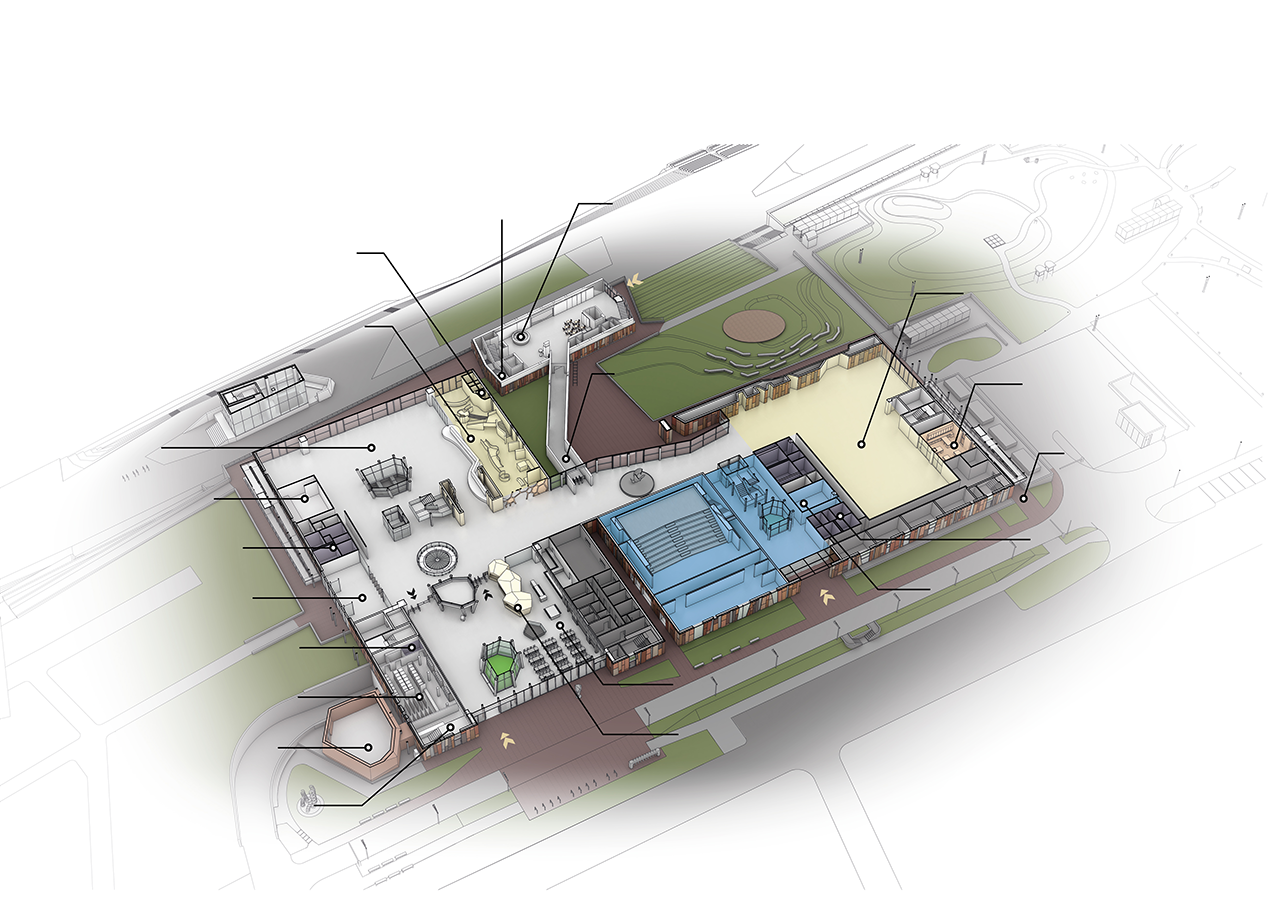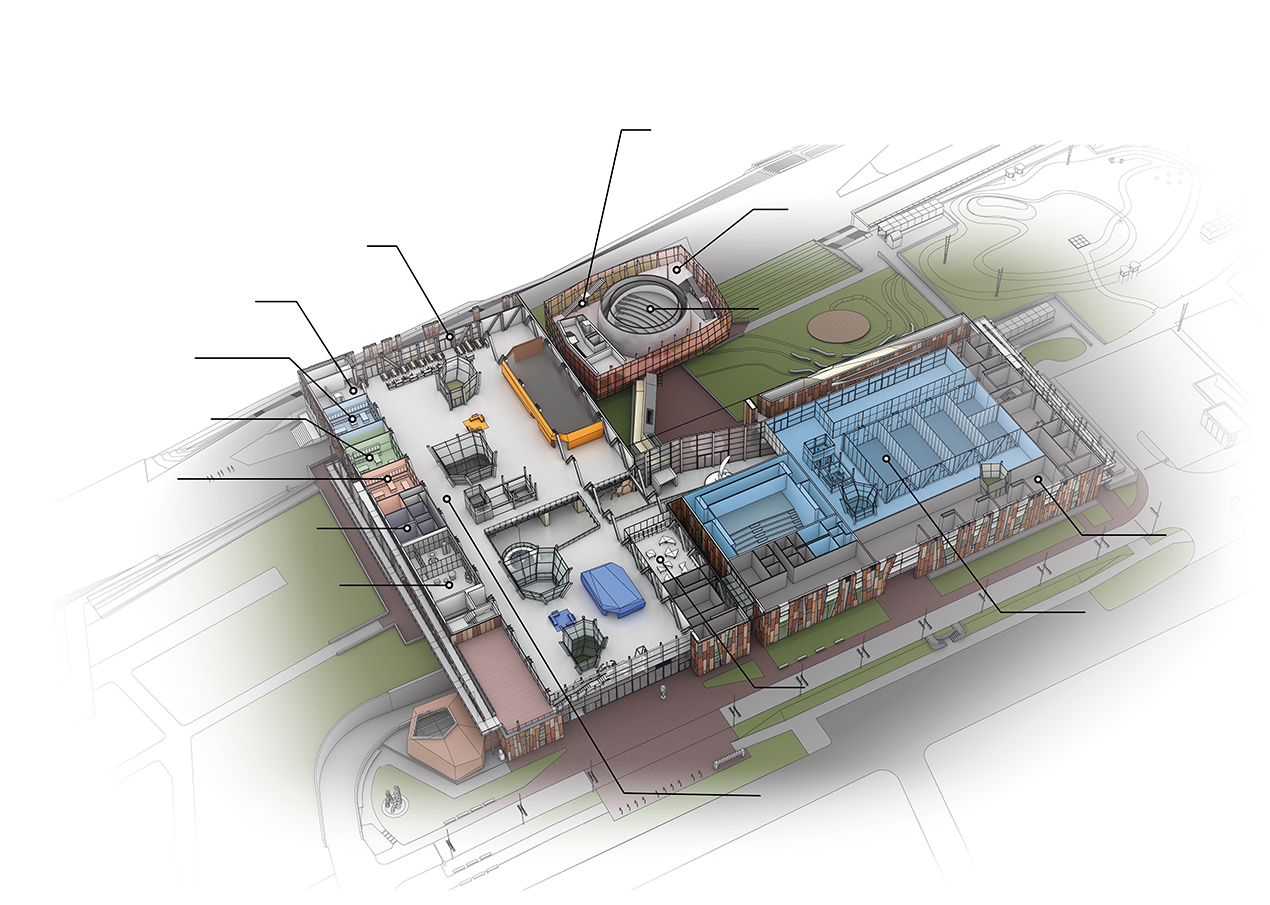“The Future is Now” helps to meet and understand the challenges of the contemporary world in all their complexity. It shows different technological solutions and encourages to look at them in a critical way. It also takes notice of the relationships between our personal values and the values of others.
The exhibition focuses on the nearest future, which most of us will experience. The youngest Visitors of Copernicus will be able to see the end of the 21st century with their own eyes. The future is today. Can anybody doubt that?
Future in Three Stages
The exhibition focuses on the near future that most of us will experience. Visitors to Copernicus will see the end of the 21st century with their own eyes. The future is now. Does anyone still doubt it?
“The Future Is Now” exhibition and educational programme were created under the “Educational-informative campaigns aimed at popularising the benefits of the use of digital technologies” project, which is executed by The Chancellery of the Prime Minister of Poland together with National Research Institute NASK and Copernicus Science Centre. The campaigns are aimed at promoting the use of technologies in everyday life by persons of different ages, breaking the barriers in the field, and increasing the digital competences of our society. The project encompasses five areas: quality of life, public e-services, network security, programming, and a digital future.



